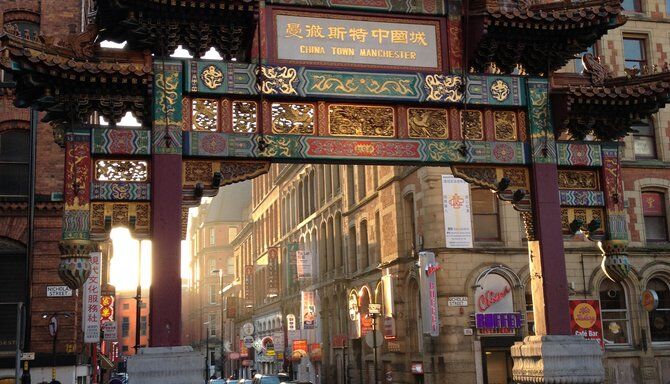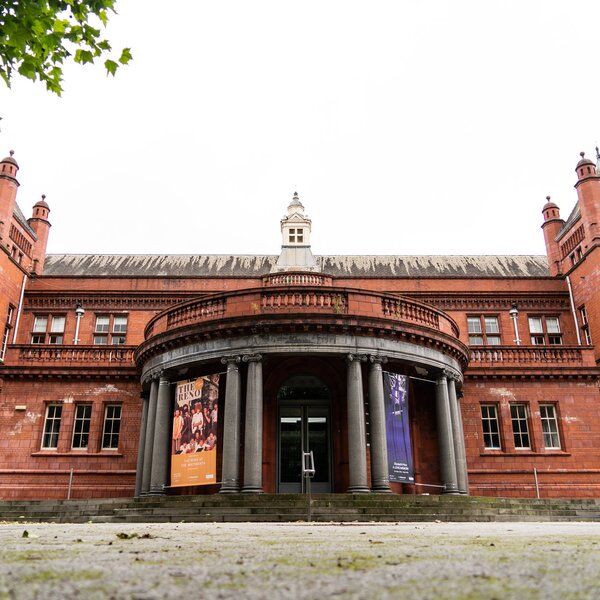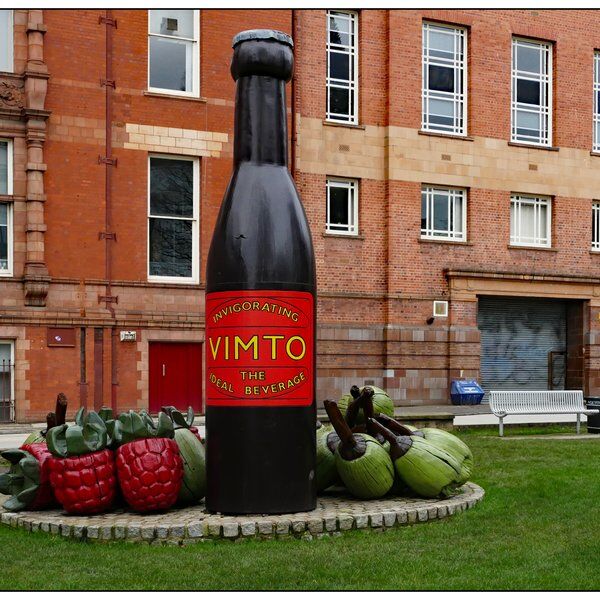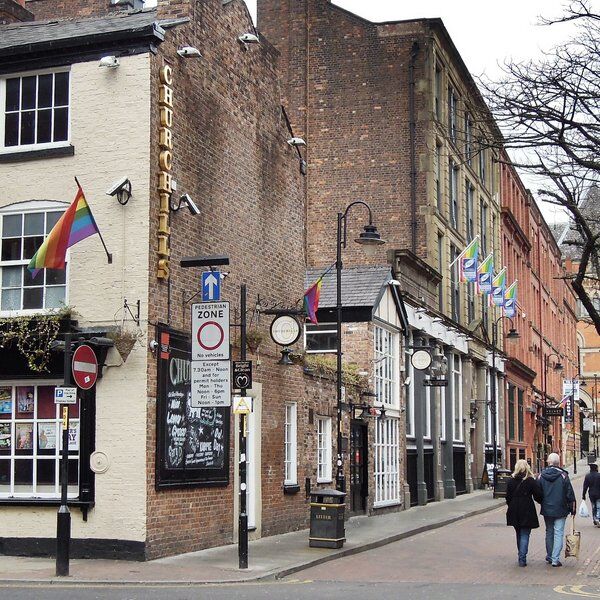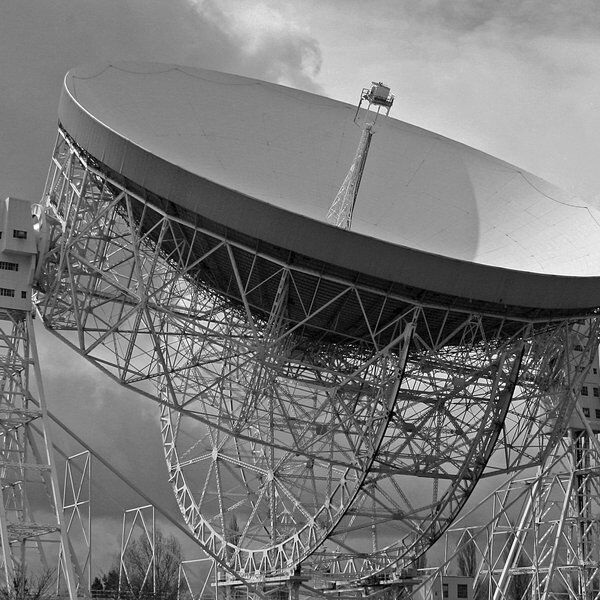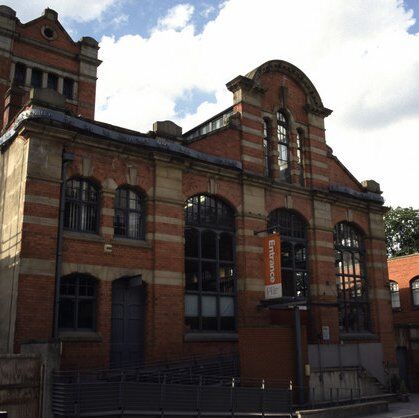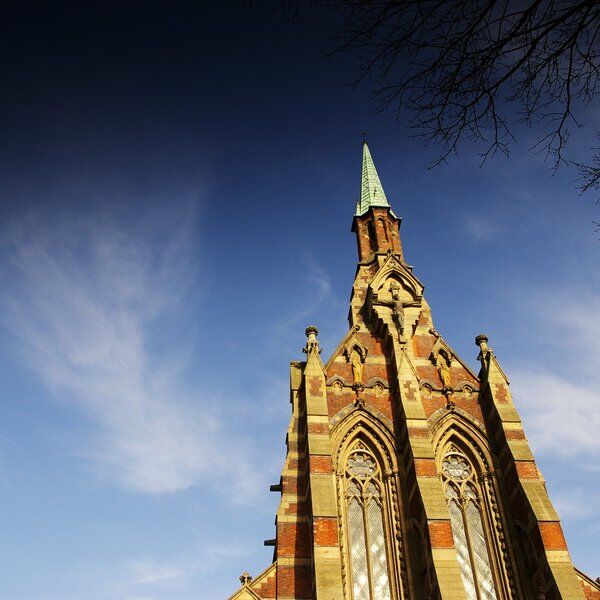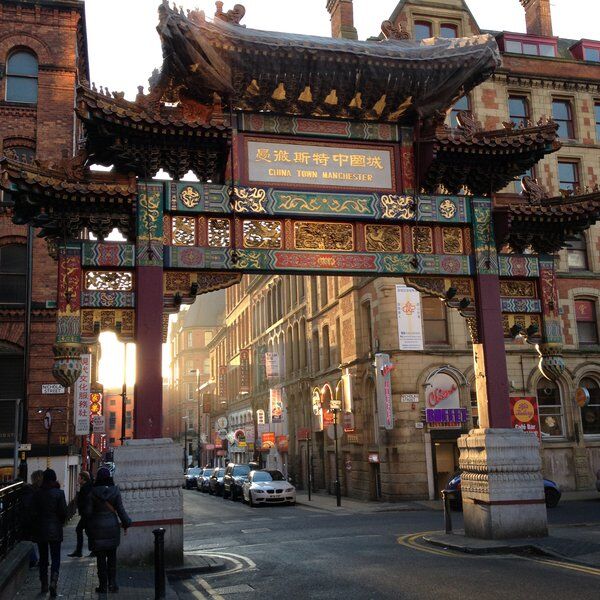
The Origins of Manchester Chinatown
The first Chinese settlers arrived into Manchester in the early 20th century but people did not begin immigrating to the city from China en masse until the 1950s. Those who came before this were primarily involved in the laundry trade and, in the 1930s, a Chinese consulate was setup in the city, reflecting the importance of the Sino-British textile trade.
Manchester Chinatown Grows
Labour shortages lead to Britain issuing a Nationality Act in 1948, which made it easier for people to immigrate to the country. This, combined with the rapid urbanisation of Hong Kong, saw many Chinese people move to Manchester, alongside other British cities.
These new migrants were for the most part former farmers who, having been compensated by the Hong Kong government for the loss of their lands, had left China in search of new livelihoods. In Manchester they found a ready market for anglicised Chinese food and, as a result, many setup takeaways.
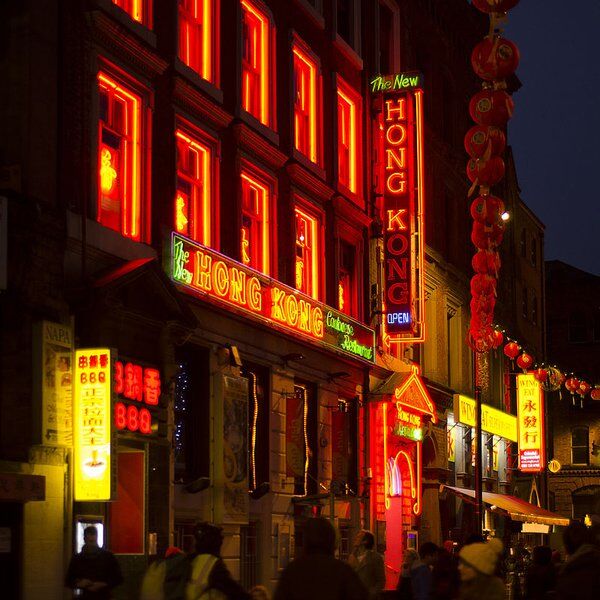
Authenticity Blossoms in Manchester Chinatown
The growing Chinese population also created a demand for authentic Chinese food and in the 1960s the city's first authentic Cantonese restaurant and tea house opened in the form of Kwok Man. Seeing its success others soon followed.
In the 1970s a Hong Kong government office was established in the area along with a Bank of China. The shops ran by Manchester's Chinese population diversified, many opening supermarkets, apothecaries and financial and legal businesses. It is at this point many consider Manchester Chinatown to have been born proper.
Changes to Manchester Chinatown Over The Years
Over recent decades however the demographics of Manchester Chinatown have shifted. The popularity of Manchester University amongst Chinese students has lead to a greater proportion of Chinese immigrants from Beijing and Shanghai. This in turn has driven a demand for the drier, hotter and spicier foods of these regions. Many of Chinatown's original Cantonese resturants have shut down, replaced by places serving the cuisines of Beijing, Hunan, Shanghai and Szechuan.
Manchester Chinatown today remains an authentic hotbed of Chinese culture, but it is much changed since the 70s, as are the cultures represented there.
Landmarks of Manchester Chinatown
In 1987 the area became home to Europes first true Imperial Chinese arch. Adorned with dragons, phoenixes and a three-tiered pagoda, it was built in part in China and then shipped over as a gift to the Chinese people of the city. It is still seen today as an important landmark and can be found on Faulkner St.
Less easy to find but no less impressive, beneath the Guardian Exchange Building are a series of mysterious tunnels over four miles long. They were built between 1949-54 by NATO as a fallout shelter for political officials to shelter in in the case of nuclear disaster. They were kept secret from the public until 1967, non-English speaking immigrants having been employed to build them and the media having been banned from talking about them.
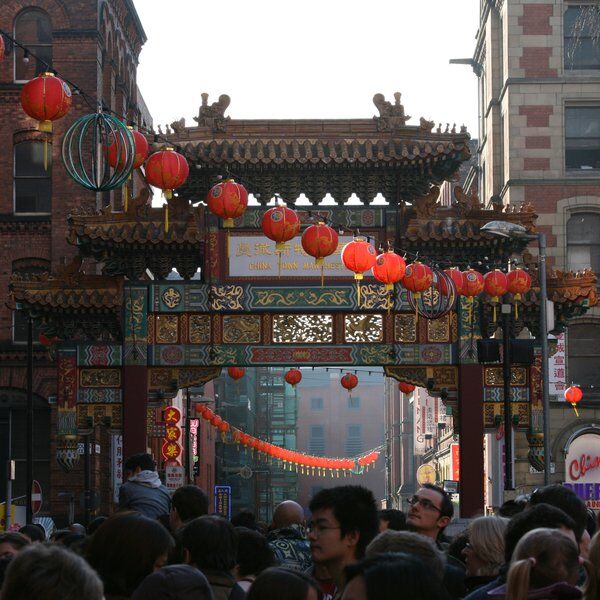
Interested in finding more places like this? Try one of our Secret City Manchester Treasure Hunts - untangle cryptic clues as a team, as you are taken on a journey to the most unique, unusual and bizarre corners of Manchester.
